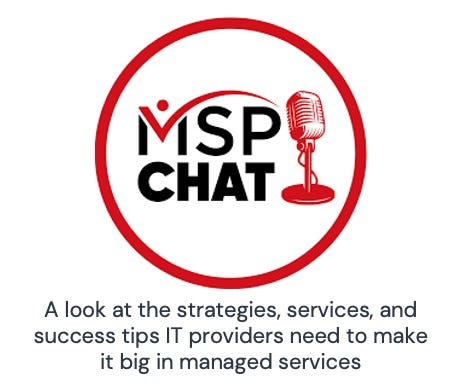Doing the Math on Agentic AI Pricing
Getting it right, whether you’re an MSP or vendor, won’t be easy if you want predictable margins and a fair share of the value you’re delivering.
The first clue I got that it might be time to revisit agentic AI pricing came a few weeks ago when I was reading Pax8’s very good white paper on “the agentic AI inflection point.”
My one and only post on pricing agentic solutions so far discussed the outcome-based schemes that Salesforce and Intercom among others were beginning to popularize in which users pay a flat fee every time agents complete a specific task along with the usage-based model made familiar by cloud infrastructure services. Pax8’s paper addresses both approaches, but also a third in which you charge a fixed monthly fee for every workflow you automate and a fourth in which you treat an agent like a virtual employee and charge the rough equivalent of a monthly salary.
Right there, we’ve doubled the number of approaches worth considering. The more I dive into the topic, though, the more I realize that Pax8 and I may both be exploring the tip of a much larger iceberg.
“There are ten fundamental price structures,” says Tim Smith (pictured), CEO of Chicago-based Wiglaf Pricing. Meaning for anything, versus AI, but any one of them at least theoretically could be a fit for the agentic solutions MSPs will soon be designing and delivering in big numbers.
For simplicity’s sake, however, let’s start with outcome-based pricing as everyone else does these days. Seems pretty straightforward, right? My solution resolved a customer service call, evaluated a resume, generated an invoice. Pay me.
Determining how much your customer pays is a little more involved than saying $1 per outcome sounds like a good clean number, though. You’ll lose customers if that turns out to be too much and you’ll lose money if it’s too little in relation to what you’re paying app and LLM suppliers. You’re also probably going to need a lot of agents to build a complete solution, and figuring out one price to charge for all of them won’t be easy.
“It’s a very complex commercial model to set up, and it gets more complex the more products you have in the mix and the more platforms you have in the mix,” says Andreas Welsch, founder and chief AI strategist of Intelligence Briefing.
Consumption-based pricing is simple and precise by comparison but can leave a lot of the value your solution delivers uncaptured. “Your two cents to write a blog post translates into $200, $500, or even $1,000 in savings for your customer,” observes Welsch.
Hence the logic of flat-rate pricing schemes, like the one Conkle, of The 20, is working on. “We’re going to look at everything that you’re doing, and then we’re going to show you where we can save ‘X’ amount of dollars,” he says, noting that the assessment won’t cost anything. “I just want a percentage of the dollars I save you.”
There’s a catch with models like that, however: What you charge customers every month stays the same, but what you pay upstream vendors doesn’t. Set your price for a service too low relative to what it costs to deliver or misjudge how much capacity your client consumes, and you can find yourself locked into a long-term deal with little to no margin. Welsch suspects that very issue is why OpenAI’s Sam Altman floated an unpopular switch from flat-rate to usage-based pricing for ChatGPT back in March.
“It was likely due to the fact that the models became more powerful and needed more resources, but the price was still fixed at $20 per user per month for ChatGPT Plus, which it still is,” he says.
What you’re ultimately looking for, Smith notes, is a model that combines usage-based pricing’s firm margins with flat-rate pricing’s value-capturing potential. Same goes for electrical utilities, as it happens, which is why your power bill probably combines a variable fee for the kilowatt hours you consume with a fixed charge for the value of having access to the grid.
That’s called “two-part tariff” pricing, according to Smith, and lacks the simplicity of just charging for outcomes, usage, workflows, or virtual FTEs. But a plan that offers predictable prices, predictable margins, and simplicity may be more than providers of agentic AI services can ever hope to enjoy.
There’s more from Kaseya on the podcast
Remember last week’s deep dive on what MSPs can expect from Kaseya going forward under the leadership of its new CEO? It was based entirely on the interview in the latest episode of my podcast, MSP Chat. Watch! Listen! Subscribe! Rate! Review!





